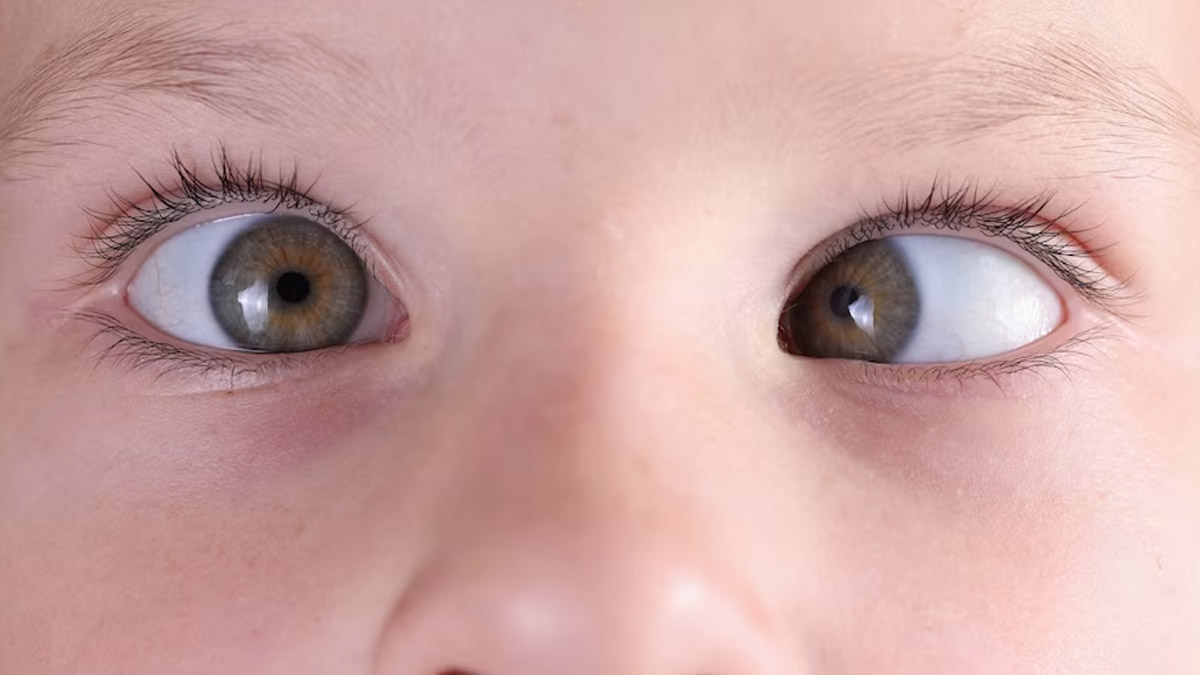
What is Squint?
Squint is a misalignment of the eye where the two eyes are pointing towards different directions. The misalignment may be constant or intermittent (Phorias and Tropias) The deviation of the eye may be in any direction – inward, outward, upward or downward.
Inward deviation also called as Esotropia needs to be treated urgently because If the child is not treated at the appropriate time, a condition called Amblyopia (lazy eyes ) occurs, which eventually leads to permanent loss of vision.
Outward deviation also called as Exotropia is usually sensory or hereditaryCauses of Squint
- Heredity Weakness of the eye muscles or problem with the nerves in the eye muscles
- Blurred or poor vision caused due to cataract, corneal scars, glaucoma, refractive errors, optic nerve disease, retinal disease, tumours of the eye etc.
- Injuries
Symptoms behind Oculoplastics & Squint
If One eye or both eyes point to different directions ,Children can have defective vision in one eye or both eyes. Children with squint, sometimes close one eye in bright sunlight Some children turn their face or tilt their head in a specific direction in order to use their eyes together and to avoid double vision or confusion.
Treatment of Squint
Accomodative Squint ,due to refractive errors are corrected by prescribing suitable spectacles. Amblyopia is treated with occlusion therapy.
Surgical Treatment
Surgical treatment is given to the based upon the improvement in vision by spectacles correction and patching therapy. The misaligned eyes can be straightened through surgery. Resection or Recession of the rectus muscles is done .The muscles are detached from their original insertion and shifted to a different spot. The amount of shift is based on the measurement of the angle of squint done with special prisms.
Treatment does not stop with surgery. Glasses may have to be continued to maintain clarity of vision. Patching therapy may be needed to be continued for some time after the surgery. Loss of vision is preventable in children if squint is treated as early as possible, preferably before 2 years of age especially in cases of esotropia.As the child grows older, it becomes more difficult to treat squint and regain the lost vision. However, cosmetically straightening the eye is possible at any age.




